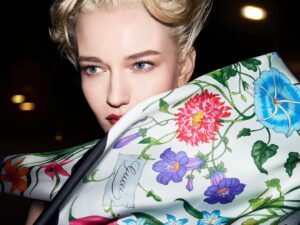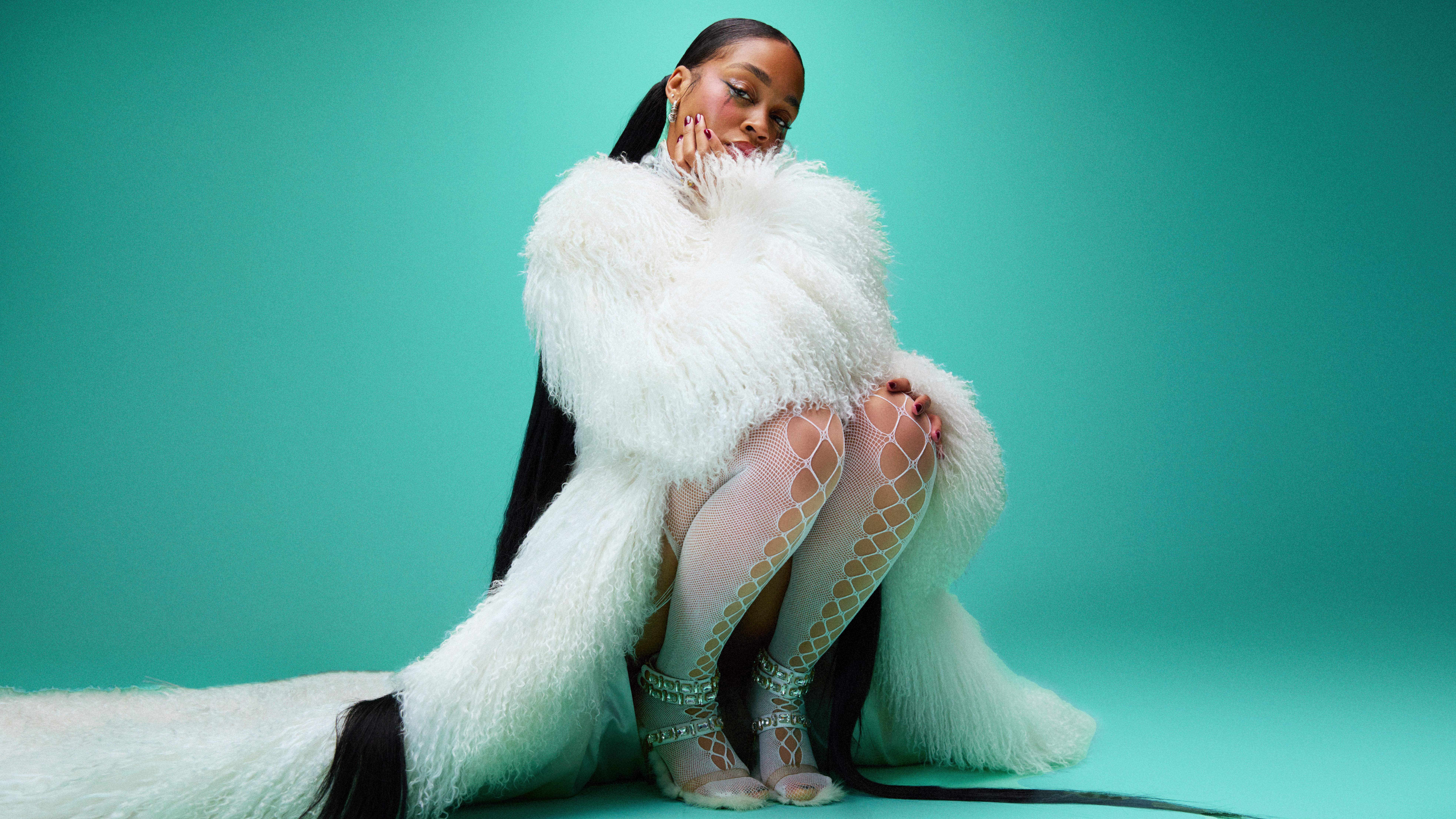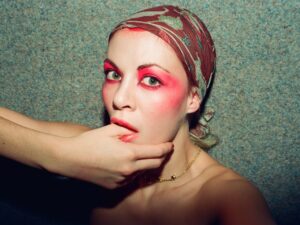If you had to describe your artistic signature, what would it be?
MD: My signature is the use of a particular color range, mostly ivory or beige tones, and the mixtures of materials, that do not necessarily correspond with each other. I don’t want to expand my brand and want my work to remain true to the values of slow fashion. I want to continue producing with deadstocks and old curtains, that I collect from flea markets. I work according to my feeling and I like being able to have imperfect finishes, giving my creations a rag-patch look. I have often been criticized for my finishes, which were said to not be clean enough and that they seemed involuntary made, but I love this messy side. It’s my challenge to create something noble with what I can find.
Where does your use of beige tones come from?
MD: It’s a color palette that I called “Impure Whites”. I like to use all colors that start from white, but have a naturally soiled effect, it can go all the way to brown. It is this desire to represent something pure and immaculate but to be confronted with this reality in which it does not exist. A purity that is stained. I’m so used to working with these colors, that I’m drawn only to them. Even in my personal style, I can’t really wear bright colors anymore, so I stay on neutrals. I buy a lot of fabrics n flea markets and when I get home, I assemble them in patchwork to create a fabric that combines different materials, I assemble the colors that speak to each other to create a piece.
Can you share literature that inspires you?
MD: Amélie Nothomb! Her books speak of realistic situations, but in very raw ways, exposing the dark sides of humanity, but always speaking of love. It’s this fairy tale aspect in a situation that is not necessarily easy, that inspires me. She needs fiction to survive, and I find that very beautiful, her vision is very unique and it is good for humanity to be confronted with the thinking of someone, who thinks differently to us, because it shows us that all is just perception. I recommend reading “Peplum”, because it echoes the current situation a lot. It is an anticipation book that is based on an apocalyptic version of the eruption of Vesuvius in Pompei, preserving the beautiful and showing that humanity is more attracted to the beautiful, than to the good. I agree with that myself. Another book that I think of is “Journal d’Hirondelle”. It’s the story of a hit man, who falls in love with one of his victims. This feeling of love for this dead woman gives a sensitivity to violent manhood. It’s quite beautiful.



